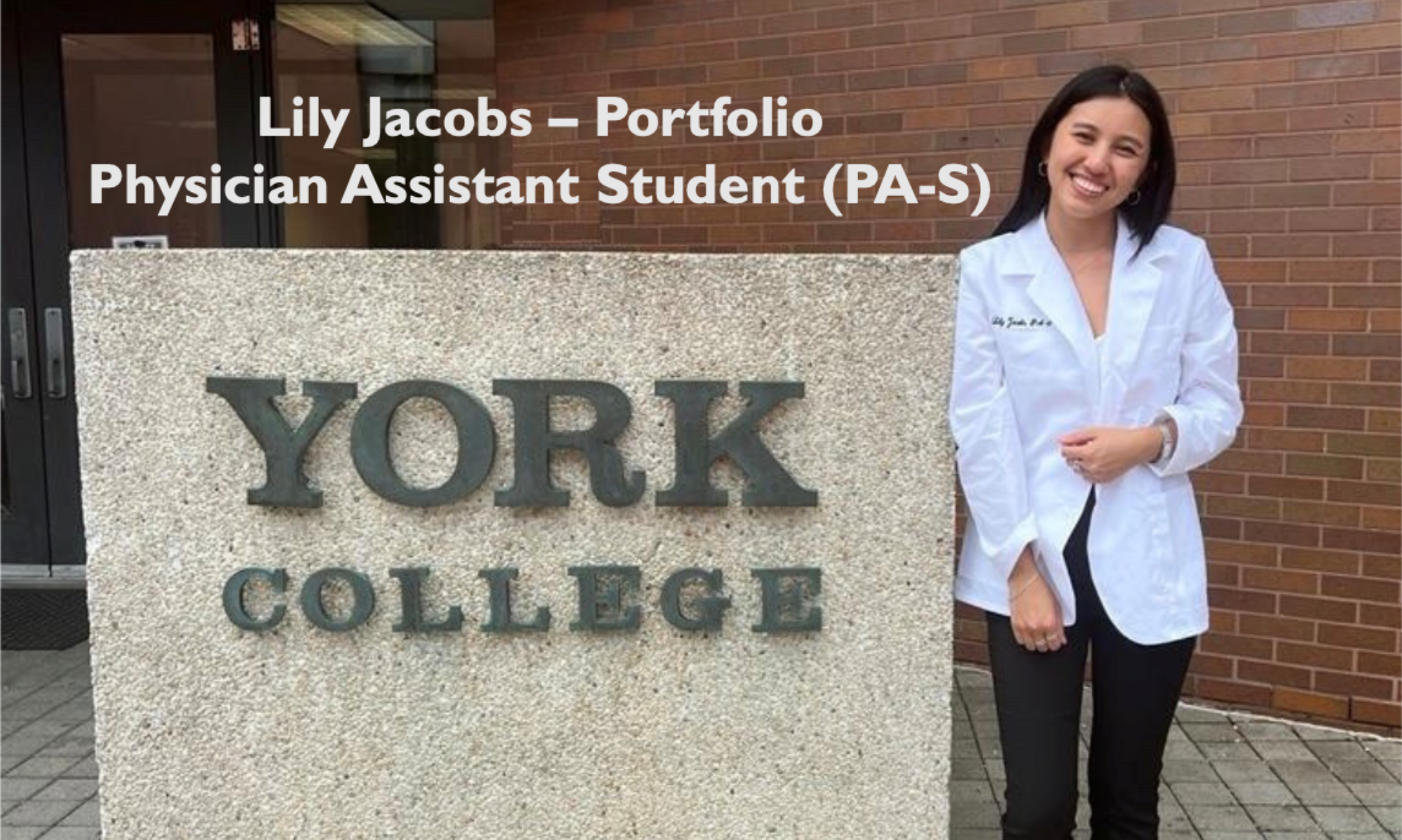Site Evaluator: Andrea Pizarro
During my initial encounter, I presented a detailed history and physical examination (H&P) of a 63-year-old male patient who visited the Emergency Department at the recommendation of his podiatrist. The reason for his visit was to investigate a chronic right hallux ulcer that was healing poorly and to rule out osteomyelitis. The patient described experiencing mild swelling in the affected area and reported difficulty ambulating due to pain, which worsened when he walked. On the physical examination, I observed a 1.5 cm poorly healed ulcer located at the medial aspect of the proximal interphalangeal joint of the right hallux. Additionally, there was mild swelling and erythema extending from the forefoot to the midfoot. Considering the patient’s medical history, which included poorly controlled diabetes type 1, hypertension, peripheral arterial disease, coronary artery disease, and poor perfusion, along with his presenting symptoms and a positive bone-to-probe test, acute osteomyelitis emerged as a highly likely diagnosis. I selected this case to deepen my understanding of osteomyelitis and its diagnostic workup. When presenting the case to Ms. Pizzaro, we delved into the SAFARI procedure that the patient had undergone in 2021 and reviewed my differential diagnoses. Ms. Pizzaro concurred with the proposed management plan.
For my final site visit, I presented the case of a 64-year-old female who arrived at the Emergency Department with epigastric pain that extended to her back. She also experienced nausea and vomiting two days after undergoing an ERCP procedure. The patient’s clinical symptoms, along with an elevated lipase level and findings from the CT scan, strongly indicated the development of acute pancreatitis as a post-surgical complication. In my differential diagnosis, I considered the possibility of duodenal perforation post-ERCP, peptic ulcer, and acute gastritis. Subsequently, she was admitted to the medical ward for further care. I selected this case for presentation not only because I had the opportunity to conduct initial patient rounds before the Physician Assistant, but also because it allowed me to gain additional insights into the common occurrence of acute pancreatitis as a post-ERCP complication. During the discussion with Ms. Pizzaro, we found alignment in our assessment of the differential diagnoses and the proposed management plan.
The third case I submitted but didn’t present was a 42-year-old male who presented in the ED complaining of chest pain. The patient had negative cardiomarkers and a normal sinus rhythm on the EKG. ACS work up was started in the ED and continued on the medical floor.
One aspect of the H&Ps that I did a bit differently for this rotation was that I included patient education at the end. To write out what I would say to the patient helped me better understand the case in a way that I can explain it clearly to the patient in non-medical terms.


